Market Growth Projections
The Global Chelated Trace Minerals Market Industry is projected to experience substantial growth over the next decade. With a market value anticipated to reach 4.56 USD Billion in 2024 and further expand to 9.24 USD Billion by 2035, the industry is poised for significant development. The compound annual growth rate of 6.63% from 2025 to 2035 indicates a robust upward trajectory, driven by various factors including rising health awareness, advancements in technology, and increasing agricultural demands. This growth reflects the evolving landscape of the market, where chelated trace minerals play an integral role in enhancing health and productivity across multiple sectors.
Growth in Animal Nutrition Sector
The Global Chelated Trace Minerals Market Industry is significantly influenced by the growth in the animal nutrition sector. As livestock producers strive to enhance animal health and productivity, the incorporation of chelated trace minerals into animal feed becomes increasingly prevalent. These minerals improve nutrient absorption and overall animal performance, which is crucial for meeting the rising global demand for meat and dairy products. The market is expected to witness a compound annual growth rate of 6.63% from 2025 to 2035, reflecting the increasing reliance on chelated trace minerals in animal husbandry practices. This trend underscores the importance of trace minerals in optimizing livestock health and productivity.
Increasing Awareness of Soil Health
The Global Chelated Trace Minerals Market Industry is also driven by an increasing awareness of soil health among agricultural producers. Chelated trace minerals are recognized for their role in enhancing soil fertility and crop yield, which is essential for sustainable agriculture. As farmers seek to improve soil quality and optimize crop production, the demand for chelated minerals in fertilizers is expected to rise. This trend aligns with global efforts to promote sustainable farming practices and ensure food security. Consequently, the market is likely to benefit from the growing emphasis on soil health, which underscores the importance of trace minerals in agricultural productivity.
Regulatory Support for Trace Mineral Use
Regulatory support for the use of trace minerals in various industries bolsters the Global Chelated Trace Minerals Market Industry. Governments and regulatory bodies are increasingly recognizing the importance of trace minerals in nutrition and agriculture, leading to favorable policies and guidelines. This support encourages the adoption of chelated trace minerals in dietary supplements, animal feed, and fertilizers, facilitating market growth. As regulations evolve to promote the safe and effective use of these minerals, the market is likely to expand, driven by increased consumer confidence and industry compliance. This regulatory landscape plays a crucial role in shaping the future of the chelated trace minerals market.
Rising Demand for Nutritional Supplements
The Global Chelated Trace Minerals Market Industry experiences a notable surge in demand for nutritional supplements, driven by an increasing awareness of health and wellness. Consumers are becoming more health-conscious, leading to a greater emphasis on dietary supplementation. Chelated trace minerals, known for their enhanced bioavailability, are increasingly preferred in formulations aimed at improving overall health. This trend is reflected in the projected market value of 4.56 USD Billion in 2024, indicating a robust growth trajectory. As consumers seek effective solutions for nutritional deficiencies, the demand for chelated trace minerals is likely to expand, further propelling the market forward.
Technological Advancements in Mineral Chelation
Technological advancements in mineral chelation processes are reshaping the Global Chelated Trace Minerals Market Industry. Innovations in chelation techniques enhance the stability and bioavailability of trace minerals, making them more effective in various applications, including dietary supplements and animal feed. These advancements not only improve product efficacy but also cater to the growing consumer demand for high-quality nutritional products. As the industry embraces these technologies, the market is poised for substantial growth, with projections indicating a market value of 9.24 USD Billion by 2035. The continuous evolution of chelation technology is likely to play a pivotal role in shaping the future landscape of the market.
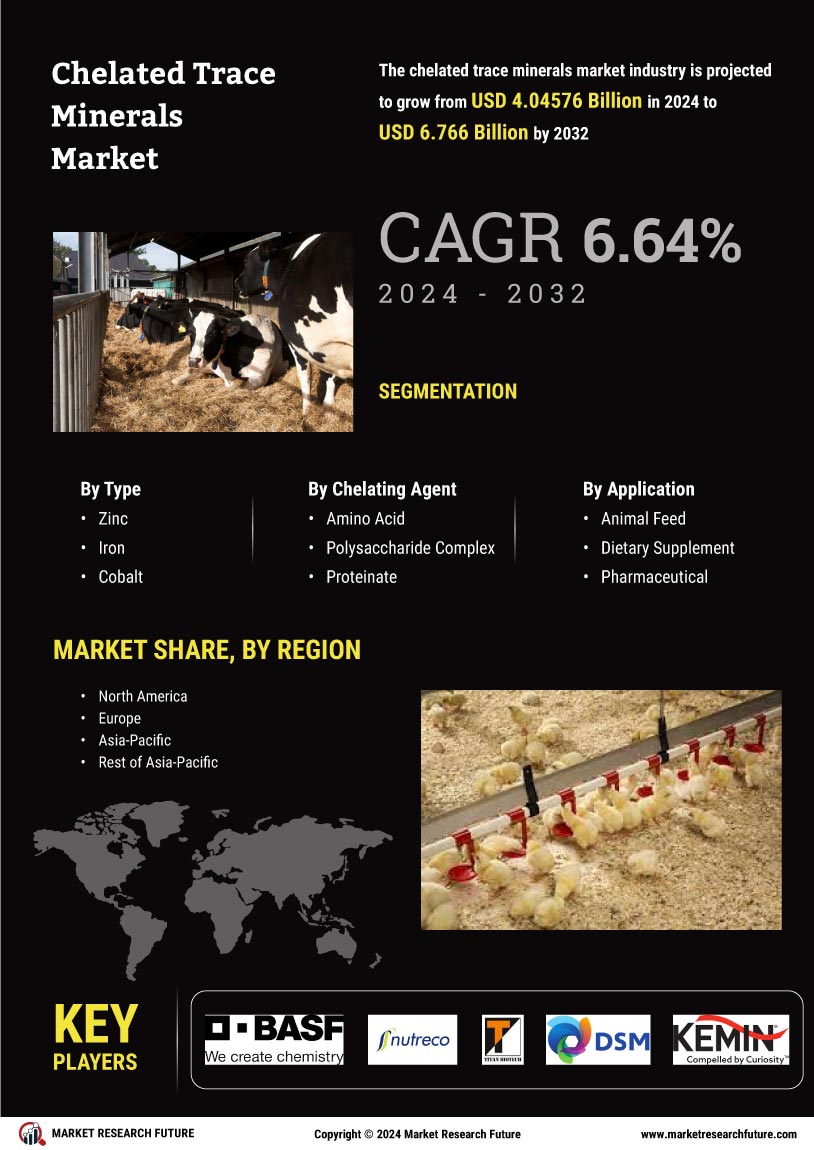

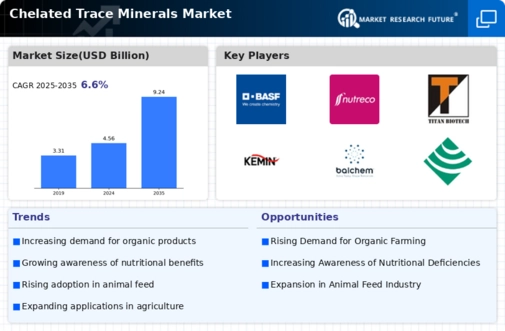
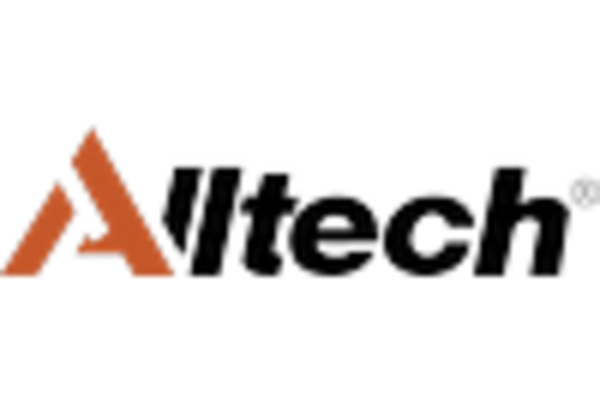

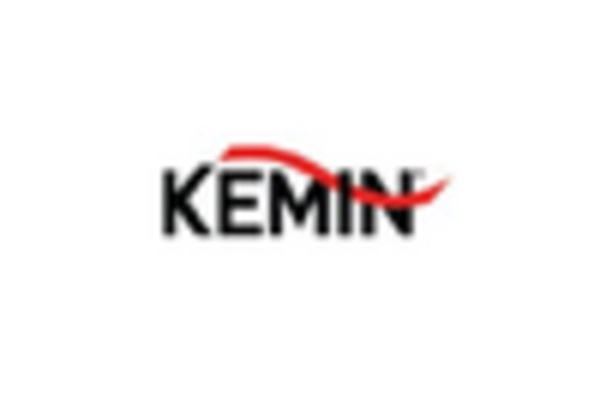
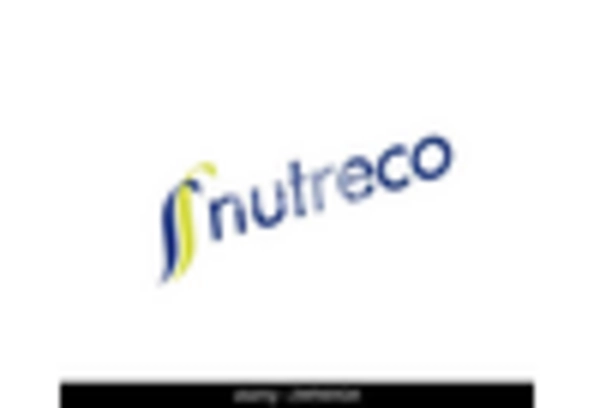
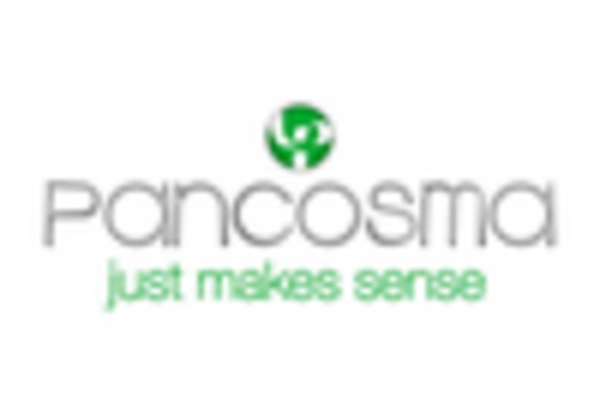
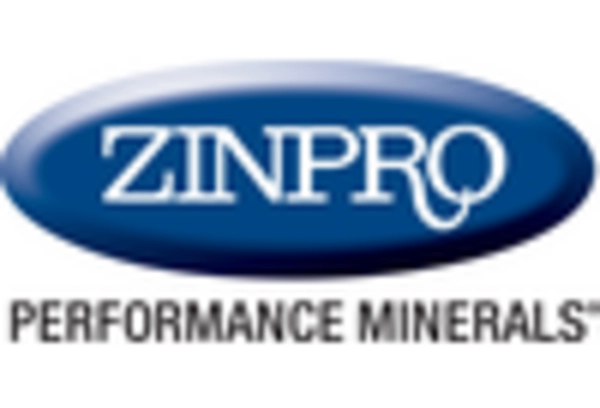








Leave a Comment